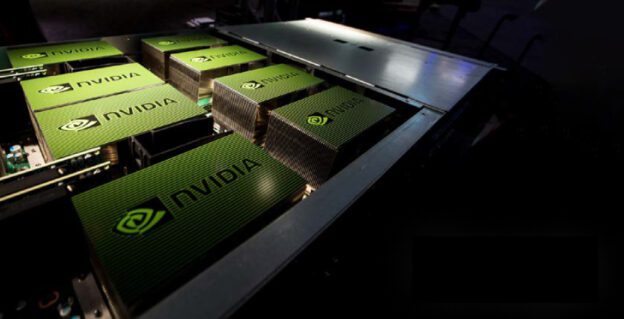8 hours of instruction
Explore how to use Transformer-based natural language processing models for text classification tasks, such as categorizing documents. You will also explore how to leverage Transformer-based models for named-entity recognition (NER) tasks and analyze various model features, constraints, and characteristics to determine which model is best suited for a particular use case―based on metrics, domain specificity, and available resources.
OBJECTIVES
- Understand how text embeddings have rapidly evolved in NLP tasks such as Word2Vec, recurrent neural network (RNN)- based embeddings, and Transformers
- See how Transformer architecture features, especially self-attention, are used to create language models without RNNs
- Use self-supervision to improve the Transformer architecture in BERT, Megatron, and other variants for superior NLP results
- Leverage pre-trained, modern NLP models to solve multiple tasks such as text classification, NER, and question answering
- Manage inference challenges and deploy refined models for live applications
PREREQUISITES
None
SYLLABUS & TOPICS COVERED
- Introduction
- Meet the instructor and create an account
- Introduction To Transformers
- Build the Transformer architecture in PyTorch and calculate the self-attention matrix
- Translate English to German with a pre-trained Transformer model
- Self Supervision BERT And Beyond
- Build a text classification project to classify abstracts
- Build a named-entity recognition (NER) project to identify disease names in text
- Improve project accuracy with domain-specific models
- Inference And Deployment For NLP
- Prepare the model for deployment
- Optimize the model with NVIDIA TensorRT
- Deploy the model and test it
- Final Review
- Review key learnings and answer questions
- Complete the assessment, earn a certificate and complete the workshop survey
- Learn how to set up your own AI application development environment
SOFTWARE REQUIREMENTS
Each participant will be provided with dedicated access to a fully configured, GPU-accelerated workstation in the cloud.

